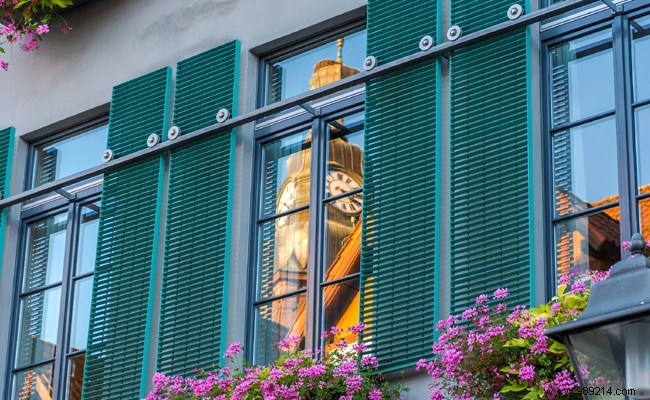
White is the most common color on PVC windows. Neutral, luminous, economical and trendy, it corresponds to the vast majority of projects. However, there are quantities of colors and shades on the market. The palette being diversified, it is easy to give your home a certain originality. In addition, bicolouring is increasingly widespread and allows you to harmonize the exterior of your window with the facade of your house, while providing your interior with a note of suitable color.
To color your PVC windows, there is a very wide range of plain colors, but also colors imitating wood. The possibilities are almost endless to meet all desires.
Of course, you will find grey, white and black, traditional and all-purpose neutral tones. But you can also opt for more lively, sustained or pastel tones, in variations of blue, green, purple, red, yellow, pink, etc. As for lovers of natural effect and wood, it is possible for them to have their PVC windows tinted in tones imitating the essences of several more or less clear and veined trees (oak, pine, acacia, etc.). A practical way to afford windows with a wood look, without the need to maintain them with stain and suitable treatments.
To color your windows, the chosen color can be applied during the construction of the frame, or a coloring film is affixed to the PVC using the lamination technique, which consists of heat-sealing the filters on the material.
The filters being very strong, they are resistant to weather, UV, heat and friction without deformation or discoloration. In addition, maintenance is very simple, since all you need is a little soapy water, as for classic white PVC windows.
If the technique is simple, it cannot be practiced indefinitely. So, if you plan to install colored PVC windows, prepare your project and take the time to think it through so that you have no regrets. If it is possible to tint your windows with all possible and imaginable colors, know that the lightest and neutral tones are the ones that tire the least over time.